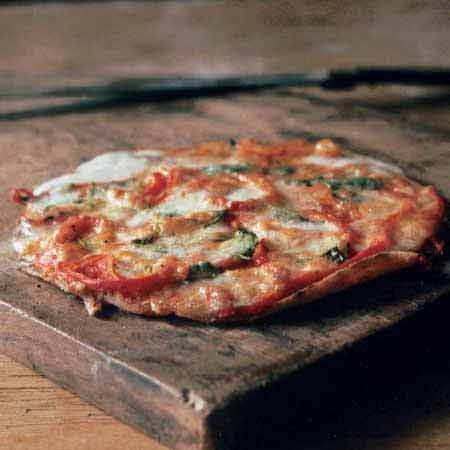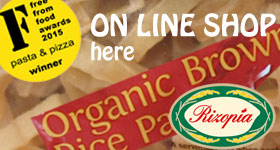|
|
|
Freefrom Pizza Bread Matters - the state of modern bread and a definitive guide to baking your own Andrew Whitley's passion for bread had its genesis in a student trip to Russia in the late 60s with five friends. Due to a misunderstanding about the exchange rate, the six had to live on rations for three - which did not stretch much beyond dark Russian sourdough rye bread. After the initial revulsion, Andrew, at least, was converted - not just to Russian rye, but to bread as the staff of life. After a spell as a producer in the BBC Russian Service, he hied to a Cumbrian smallholding where he could grow his own food and bake his own bread. You can buy the book (cost £16) direct from Andrew's website - www.breadmatters.com or here at Amazon.
|
Rules for Gluten-free baking Don’t expect it to be the same Think laterally Make it wet Don't expect to keep it Pizzas Bases 10g fresh yeast Dissolve the yeast in water and add to the other ingredients. The dough should be very sloppy, like batter. Leave to stand for 15-30 minutes to allow the yeast to work. |








